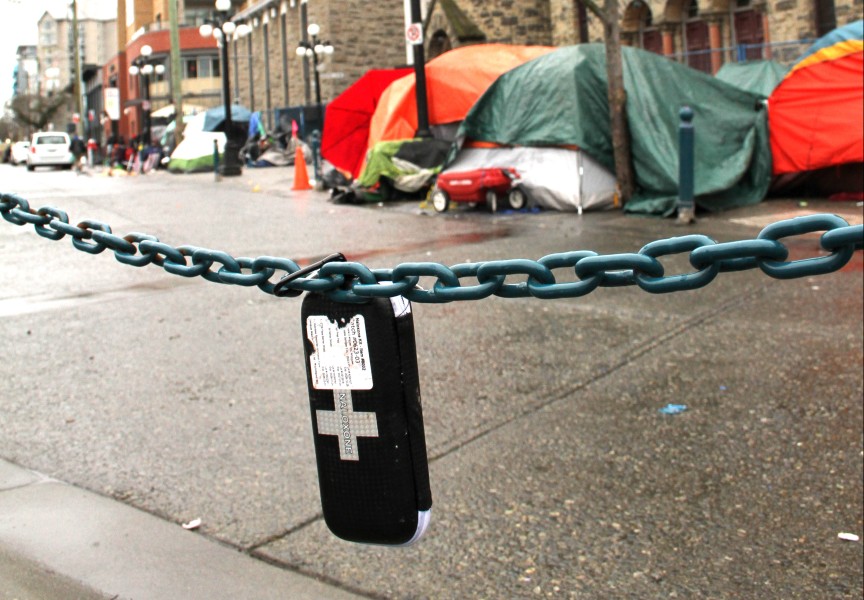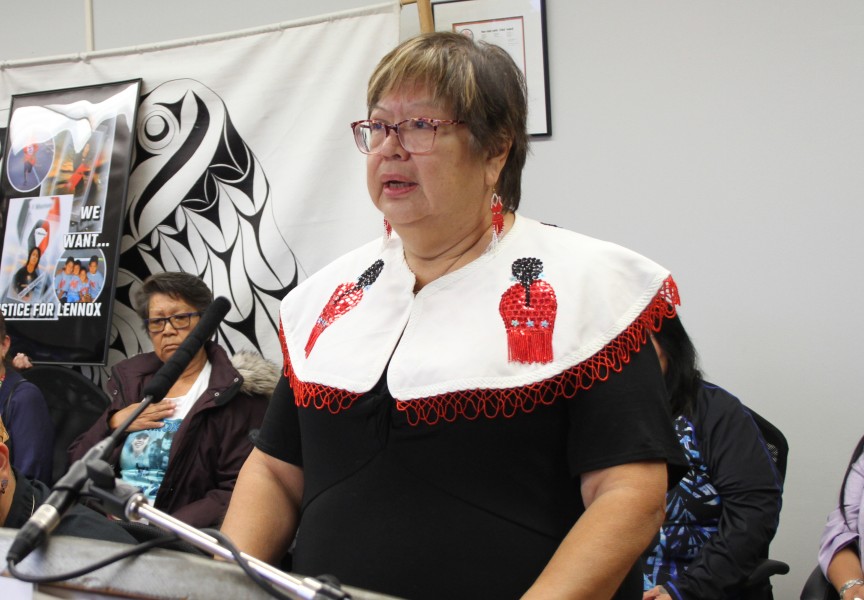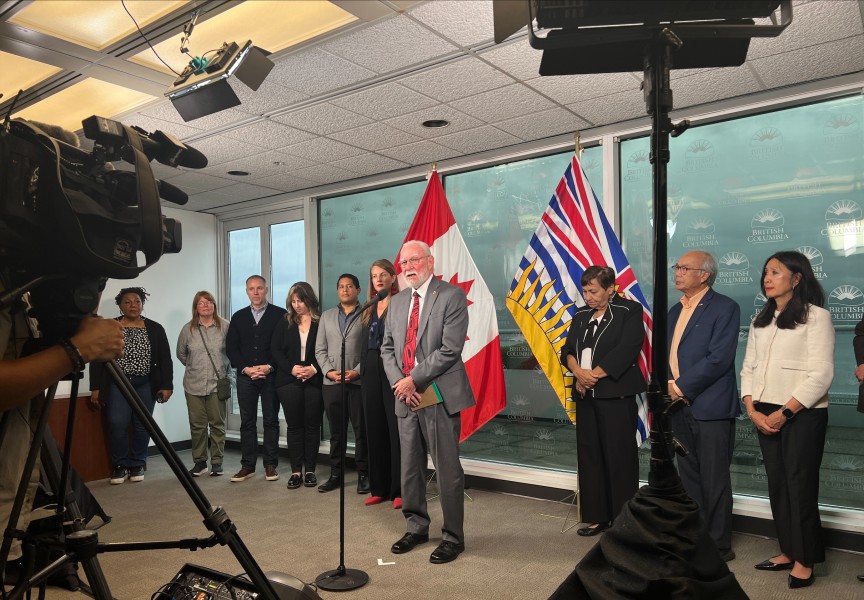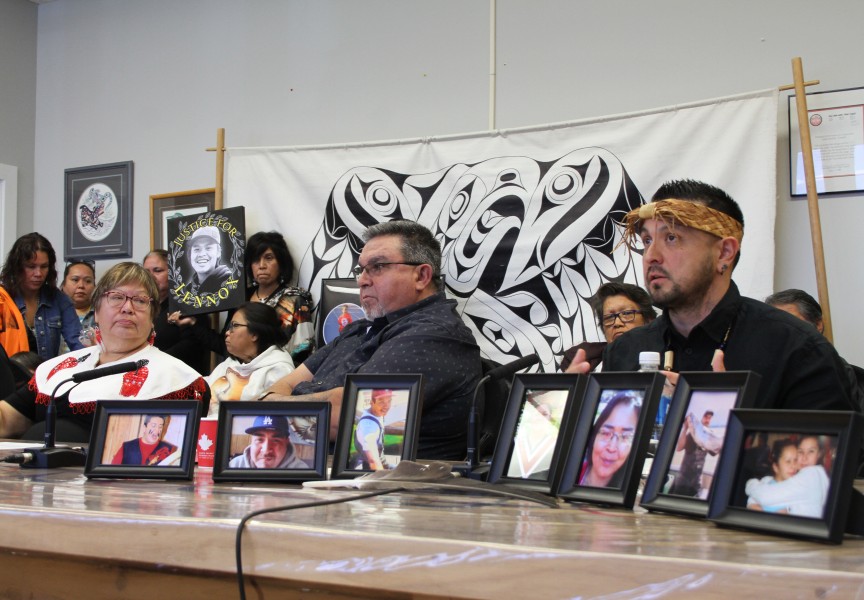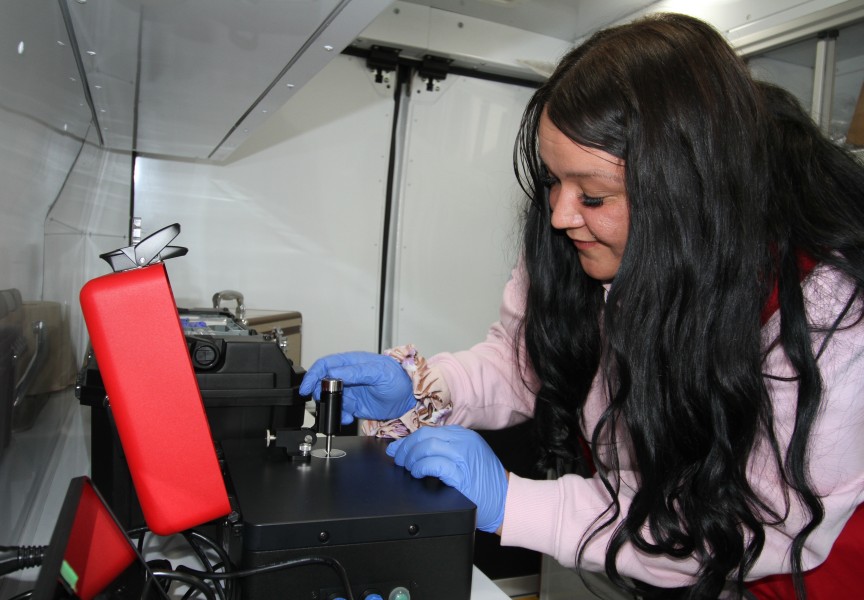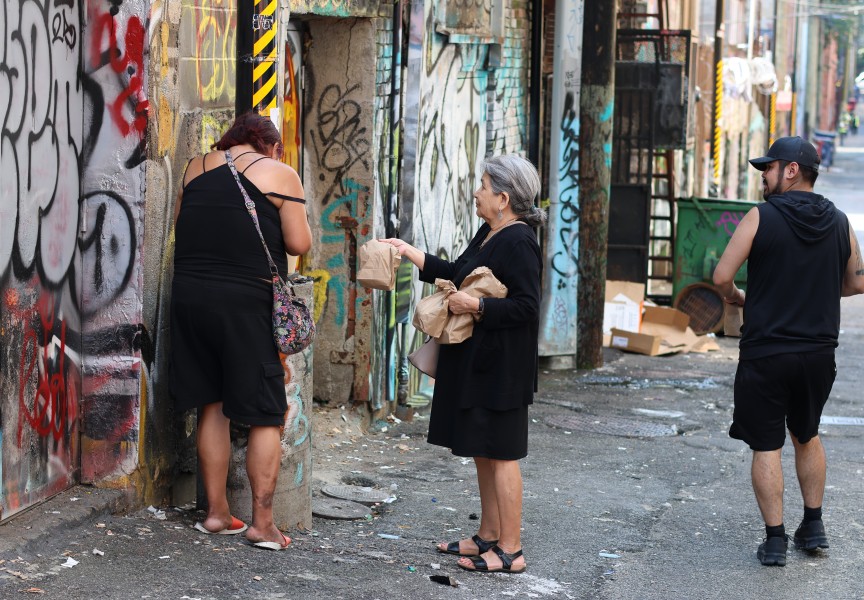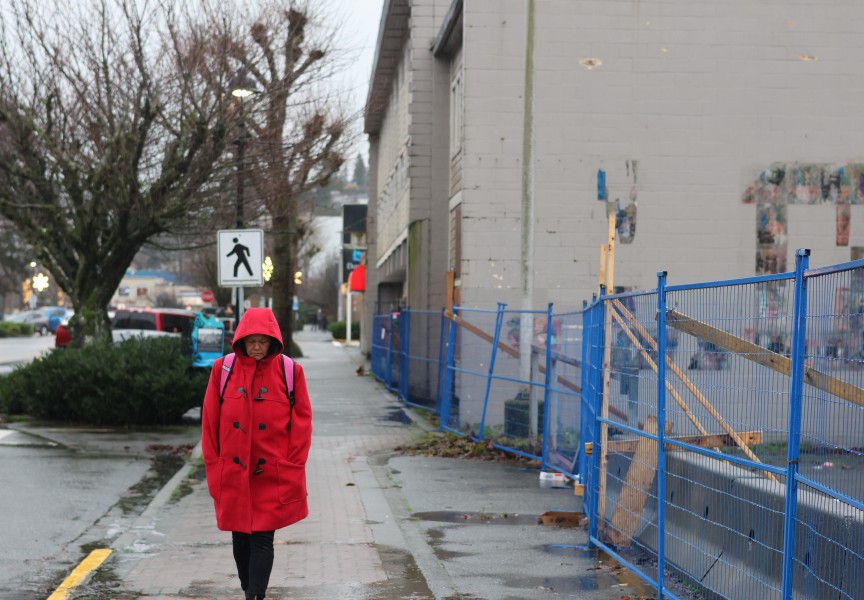With an eye on ensuring safety and cutting down on disruptions to the surrounding community, the province has announced minimum standards for publicly funded overdose prevention sites across British Columbia.
As the opioid crisis was escalating into a public health emergency that remains in place today, in 2016 the provincial government issued a ministerial order for regional health service providers to open sites across B.C. where staff can monitor drug use, intervening in the event of an overdose. Since then, overdose prevention locations have opened according to a community’s need - now numbering 58 across B.C., including nine in hospitals.
Announced on June 5, the province’s new standards require a minimum of two staff to be on hand at the sites, who are trained in responding to a drug poisoning and can provide a “rapid response to adverse events”. The standards also require the distribution of harm reduction supplies to clients, such as Naloxone kits that can reverse the effects of an opioid overdose, with training provided to drug users in how to respond to a poisoning.
The province reports 5.6 million visits to B.C.’s overdose prevention sites since January 2017, with an estimation that these services have prevented more than 12,400 deaths. Since the public health emergency was declared in April 2016, over 16,000 lives have been lost due to illicit drug use in B.C. Only two deaths have been reported from overdose prevention sites, according to the Ministry of Health.
First Nations people are particularly at risk, as they face a fatality rate six times that of the rest of B.C.’s population, reports the First Nations Health Authority. Just about every Nuu-chah-nulth family has been hit by the tragic epidemic, which led the Nuu-chah-nulth Tribal Council to declare a state of emergency in September 2024.
“We don’t have enough capacity and dollars. Certainly, we provide services at the tribal council, but it’s not enough,” said NTC President Judith Sayers when the state of emergency was called. “We are asking the governments, First Nations Health Authority, Vancouver Island Health Authority, to help us have dollars to be able to devise our own solutions, devise our own strategies on mental health, toxic drugs. We need to have this before we lose any more people.”
Besides preventing more deaths, part of the purpose of overdose prevention sites is to provide users with an avenue to treatment. The new standards stress the need to connect clients to treatment options “when requested”, while access to the sites will not be denied unless a person poses a risk to others. The sites are advised to be open for at least 12 hours a day, seven days a week.
Daily cleaning and infection control is also required, with monitored washrooms and furnishings at the sites made of “non-porous materials”.
Ian Haynes is a peer support worker at the overdose prevention service at St. Paul’s Hospital in Vancouver.
“In the past, knowing that there was no safe place to manage substance use on site, one would have to hide while using drugs,” stated Haynes in a press release issued by the province. “This is meeting the needs of our community, providing a safe haven for the people who had every option taken away, including safe health care.”
B.C. is currently more than two years into a three-year decriminalization project, through an exemption granted under Canada’s Controlled Drugs and Substances Act. This took effect Jan. 31, 2024, which frees those carrying up to 2.5 grams of the most common illicit substances from criminal charges.
But in the months that followed reports emerged of increased illicit drug use in public spaces - including hospitals. Amid concerns of growing community disorder, in May of 2024 the province scaled back decriminalization to ban open drug use on the street and in public facilities, while still allowing consumption in private spaces and overdose prevention sites.
Now the new standards specify the need for these sites to “act as good neighbours” in their locations by limiting congregation outside a facility, while de-escalating crisis situations, picking up litter and gathering any discarded drug paraphernalia.
While decriminalization has sparked debate over how to best manage the prevalence of illicit drug use, deaths have been in decline this year. Over the first three months of 2025 the B.C. Coroners Service has reported fatalities falling to an average of 4.7 each day – well below the peak of seven deaths a day that hit B.C. in 2023. Among the fatal incidents reported so far this year, fentanyl has been detected in 70 per cent of cases. At 62 per cent, smoking is the most common form of consumption in these tragic incidents, and 76 per cent of the lives lost this year were male.





